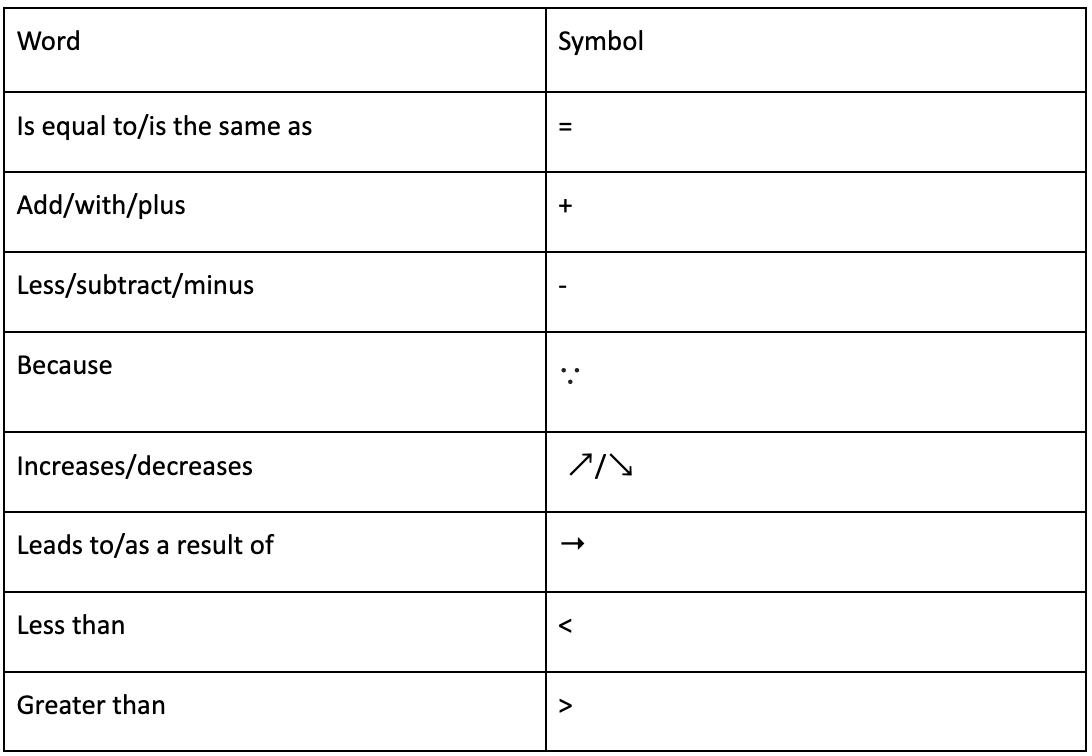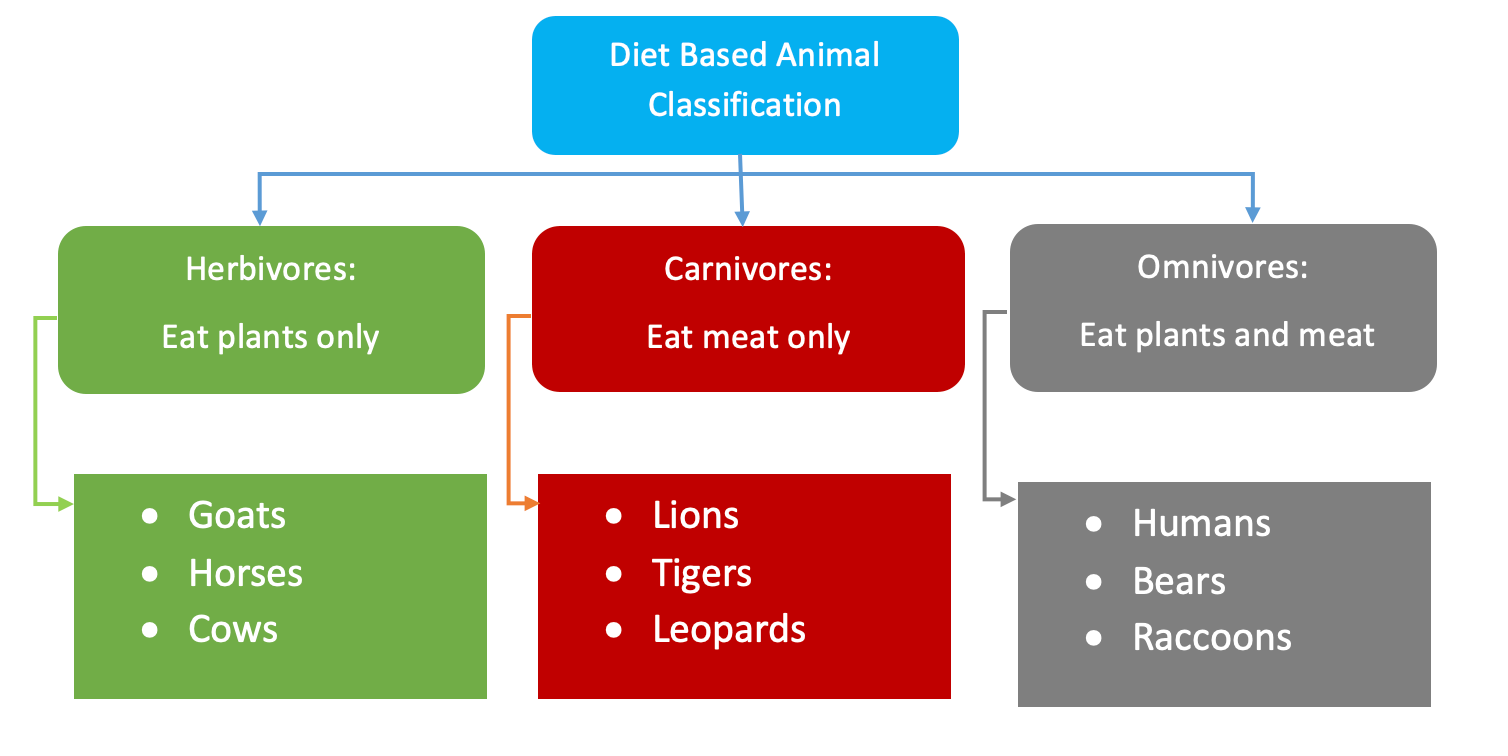How to Balance Listening with Notes

You sit in class and take notes while the teacher explains a concept. You turn your head down to take notes for one minute and as soon as you look up; the teacher is already at another topic. Has this ever happened to you? Unless you have very effective writing skills in addition to being an outstanding multitasker, you have most likely been in a similar situation.
How can you then balance between noting and listening so that the notes are readable in addition to you understanding the concept that is being explained? Let's look at some strategies.
Use Smaller Sentences
Use Smaller (Alternate) Words
You do not need to write the exact words that the teacher speaks. Use synonyms will lesser alphabet count. For example, if the teacher uses the word “humongous”, simply write “large” or “big”. Or if they say “commence” write “start”.
Eliminate Words
When you are making notes, try to compress your sentences by eliminating any words that might not be necessary for you to understand the notes when you read them later. For example, say that the teacher explains to you that: “A paramecium is the smallest unicellular (containing only one cell) living organism that can move, digest food and reproduce - and can be seen with the naked eye.” Now you can imagine it takes way longer to write this down than to say it. You can jot it down as: “Paramecium is smallest unicellular living organism- can move, digest, reproduce and seen through naked eye.” See how the sentence will still make sense for you when read it later.
Use Acronyms/Abbreviations
An acronym is a word or name formed from the initial components of a longer name or phrase. Usually acronym is made of the initial letters of a group of words. For example, say that you are studying astronomy and the teacher uses the words “National Aeronautics and Space Administration”, well you simply write “NASA” or write “RADAR” instead of “Radio Detection and Ranging”.
An abbreviation is a shortened form of a word. Abbreviations are one of the simplest way to reduce the sentence size. For example, use “e.g.” for “example”, “i.e.” for “that is”, “no.” for “number” and “para” for “paragraphs”. Yourdictionary provides an extensive list of commonly used abbreviations.
Use Symbols
Symbol is the smallest possible representation of a word. Some examples are:

Note Only What Is Important
It is not necessary to write everything said by the teacher. Try to figure out what might not be of importance when you are going to read the notes later. For example, say the teacher says that the next topic is not important for the exam but is only taught for the sake of knowledge. Instead of making notes, listen it carefully if you are interested in the topic. Otherwise, you can use this time to catch up on notes that you might have previously missed.
Use Concept Maps
Concept maps are a visual representations of information. Some examples of concept maps are: tables, pie charts, T-Charts and timelines. Instead of using long paragraphs, try to use concept maps to decrease the note making time.
For example, say you are learning the classification of living organisms. Instead of writing one large paragraph make a map of categories along with the different examples of each category. Let us take a look how.
Here is a concept map of diet-based classification of animals often taught in biology:

Use Slides
With the use of digital media in classrooms on the rise, chances are that your classroom has a multi-media projector system and the teacher uses slides to convey the information to use. Instead of writing down what’s on the slides, ask your teacher for the slides. You can consider them as pre-made partial notes from which you can study later. Only note down what the teacher speaks and is not mentioned on the slides. This way you save time and in doing so help the environment by saving paper.
Be a Good Listener
You cannot be a good student without being a good listener. Humans are not well known for their ability to multitask. So when you are listening, try your best to be a good listener. Here are a few tips to be a good listener while in class:
1. Sit close to the teacher.
2. Make conscious effort to concentrate towards what the teacher is saying.
3. Avoid distractions by putting your phone on silent mode.
4. Discuss with the teacher rather than just listen.
5. Ask for examples.
Use you Devices
With the advent of remote learning and hybrid learning, balancing notes and listening has become much easier through the use of digital devices. For example, if you are learning in an online class, simply record the class for note making and listen to the teacher only in the live session. This gives you the opportunity to divert your complete attention towards the speaker.
If you are in hybrid mode of learning then you can ask the teacher to record the session and again make notes at a later stage. Lastly, if you are in a face to face class, consider using a laptop to make notes if you are a fast typist. Otherwise take picture of the white-board after the teacher is done writing but make sure to label these notes as it is easy to get them jumbled up and lost in your phone gallery.
Common Mistakes
It is not possible to become a good listener and note taker in a matter of small time. It requires a lot of practice. But, to make things easier, try to avoid these common mistakes observed during class.
1. Don’t have discussions with friends during the class.
2. Don’t pay attention to lecturer’s appearance.
3. Don’t stop taking notes or listening till the class has ended.
4. Don’t get slowed down if you missed a concept. Ask the teacher or a tutor after the class.
5. Don’t forget to take a break when the teacher has stopped.